The concept of a ‘big four’ – comprising Tesco, Sainsbury’s, Asda and Morrisons – was established over 20 years ago by the first supermarket competition enquiry. The then Competition Commission maintained that four national players (with a market share of at least 8%) were needed to ensure healthy competition.
What the last decade showed, with the march of Aldi and Lidl, is that it’s possible to compete – in fact to disrupt the market completely – with a much smaller individual market share than 8%. And it’s surely not that long before one of those disruptors – Aldi – becomes part of the establishment.
Aldi first achieved that mythical 8% figure exactly three years ago. It dipped a bit during the early stages of Covid. But this week’s Kantar 12-week numbers show record share of 8.6%. And the four-week data suggests it’s up to 9%.
At the same time, the Morrisons share is down to 9.5%. And 9.4% over four weeks. So Aldi is inches away from overtaking it.
If I were Morrisons’ new owners CD&R and chairman Terry Leahy, I would be worried about the momentum shift. Sales fell 11.5% over the 12-week period. At the same time as consumer confidence slumps, it faces growing interest payments on the £6.6bn debt it’s looking to secure from the market. And paying down that mounting debt limits its ability to mitigate inflation.
The same is true of Asda. The Issa brothers spent £6.6bn buying Asda. And while they’ve been very quick and very clever in paying off some of the debt, through sale and leaseback deals on its RDCs, it still has a millstone around its neck it needs to pay for.
With the launch of its new own-label range, Asda has promised to be with its customers “all the way”. But when you’re trying to be there for them, which would you rather have: a whopping debt to pay back or money in the bank?
In truth, none of the current big four can sit comfortably at the shift in trading patterns. All lost share, with Tesco the least worst affected at –5.2%, but the latest figures were significant for the fact that the two discounters were the only major multiples to increase share: both up 3.6%.
Of course, some of that gain reflects their relatively poor performance in the last two years. As Kantar head of retail and consumer insight Fraser McKevitt says: “If we were coming out of the pandemic and we weren’t talking about inflation, I would still expect the discounters to do OK at the moment, because they didn’t have a brilliant pandemic. And of course they’re opening floor space at a rate that nobody else is. So I would expect them to be doing well anyway.”
McKevitt doesn’t have a view at the moment as to how much of the growth is down to the above factors, or “this whole notion of people getting squeezed. But I don’t think it will be hurting their cause.”
It certainly didn’t hurt their cause in the last financial crisis. In the aftermath of the inflationary spikes of 2007 and 2011, the fortunes of the discounters were transformed through a combination of their own actions and the inaction of the big four.
Read more:
-
Morrisons takeover risks higher fuel prices, finds competition watchdog probe
-
Aldi’s checkout-free store: what’s in it for a discounter?
-
Rapid grocer Gopuff strikes multi-year supply deal with Morrisons
This time it’s different, McKevitt believes. “Now what’s really different compared to post the financial crisis is there’s no complacency amongst the other retailers.
”Nobody is wanting you to think you’re going to save money if you’re walking out the door and walking to an Aldi. It’s going to be pretty competitive and I don’t think the discounters are going to necessarily have it all their own way.”
That’s certainly true. With their Aldi Price Match initiatives, it’s probably not entirely coincidental that Tesco and Sainsbury’s performed better than Asda and Morrisons. On the other hand, in a recent guest appearance by Aldi in our weekly Grocer 33, Tesco and Sainsbury’s matched Aldi on just three products each, and were 19.5% and 15% more expensive respectively.
It goes to show how hard it will be for the big four to hang on to the coat-tails of the discounters.
What’s more, there are other discounters to contend with too. Not only Iceland (whose MD Richard Walker is high profile on the cost of living crisis) but B&M and Home Bargains. These players weren’t in the grocery space in the last financial crisis. They are now. And “they’ve done an exceptional job recently of creating an ‘Aladdin’s Cave’ experience,” says Nick Theodore from Virtual Store Trials. “An environment that shoppers visit expecting some fun and interesting grocery items, all whilst still within their budget. The experience is almost like an expanded version of the Aldi/Lidl middle aisle that shoppers really engaged with, but now across the total store, and within some grocery sectors.”
In this week’s issue of The Grocer we’ll look in more detail at how shoppers are mitigating inflation. And of course the picture here is nuanced. As the Kantar data shows, shoppers are trading down to own label, switching fascias more, and increasing the suite of shops they visit to find the best bargains (up from 5 per month to 5.1), all of which is consistent with a move towards the discounters.
At the same time, households are actually doing fewer shops, down from 15.6 to 15.4 per month, a reversal of the recent trend. Again, McKevitt hesitates to read too much into that.
“We’re socialising and commuting more than at any other point since the pandemic began, so consumers don’t have as much time to go to the shops. They also simply don’t need to buy as much food and drink to have at home.”
But he adds: “Higher fuel prices could be playing a role here too as people try to save petrol by visiting the supermarkets less often.”
A return to more big weekly shops would favour the regular supermarkets. One thing’s for sure: there’s all to play for. Like the Champions League, the race for the fourth spot is hotter than ever. And it’s pretty spicy below that too.



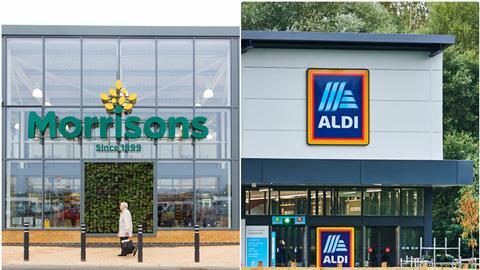
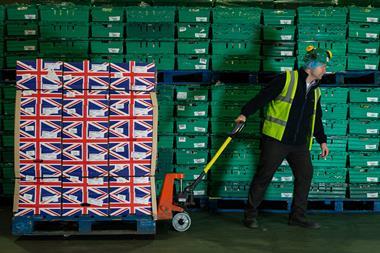
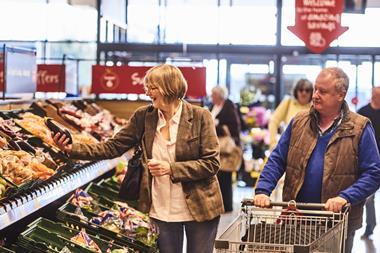

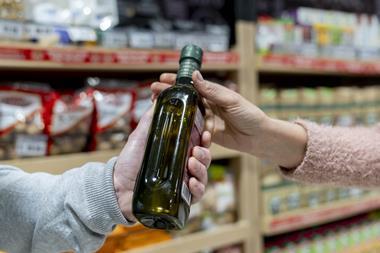
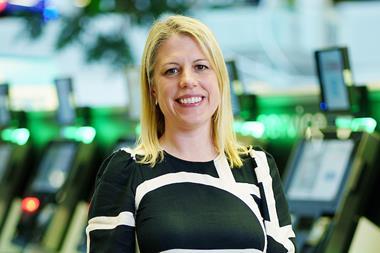
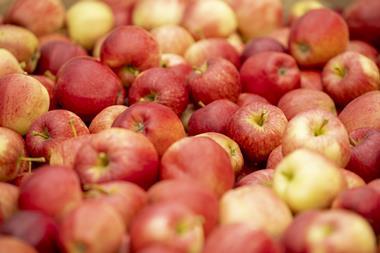

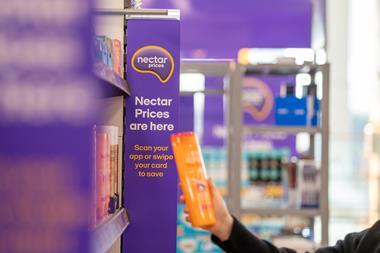

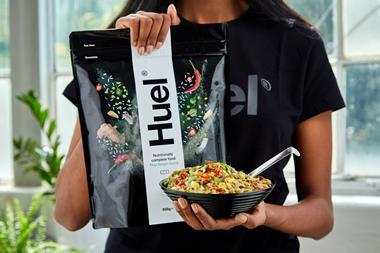
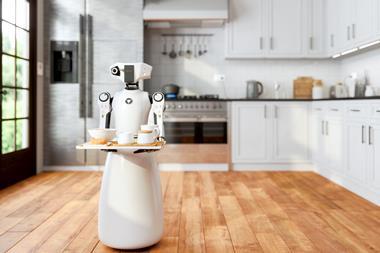

No comments yet